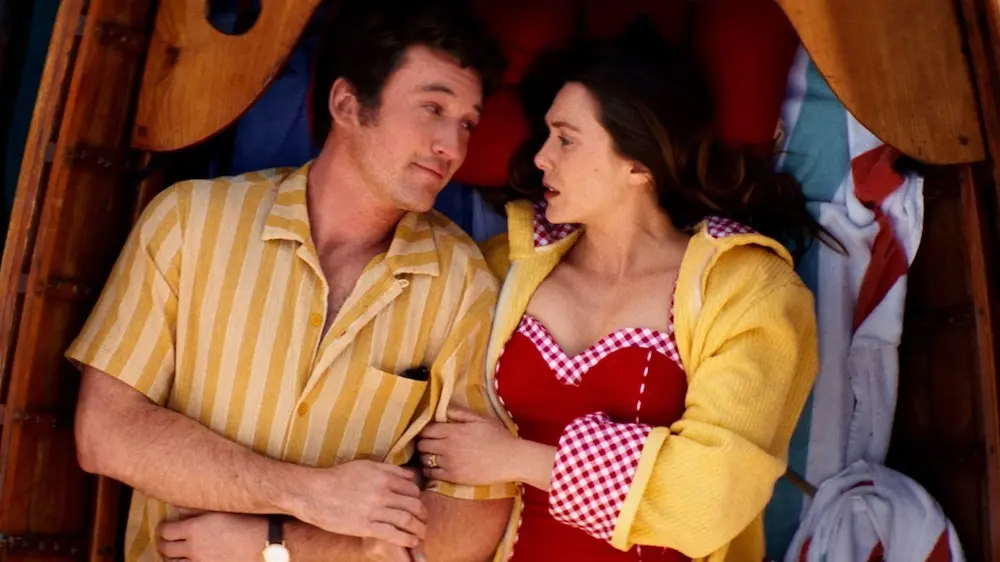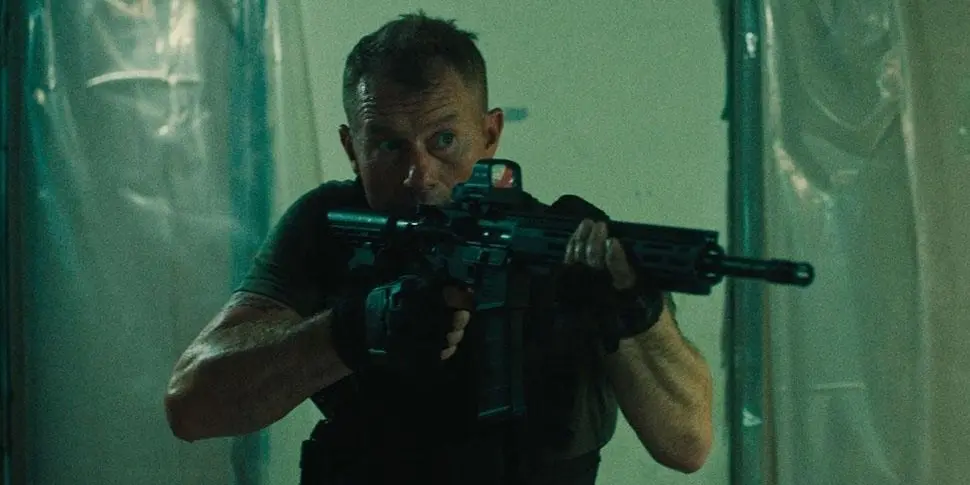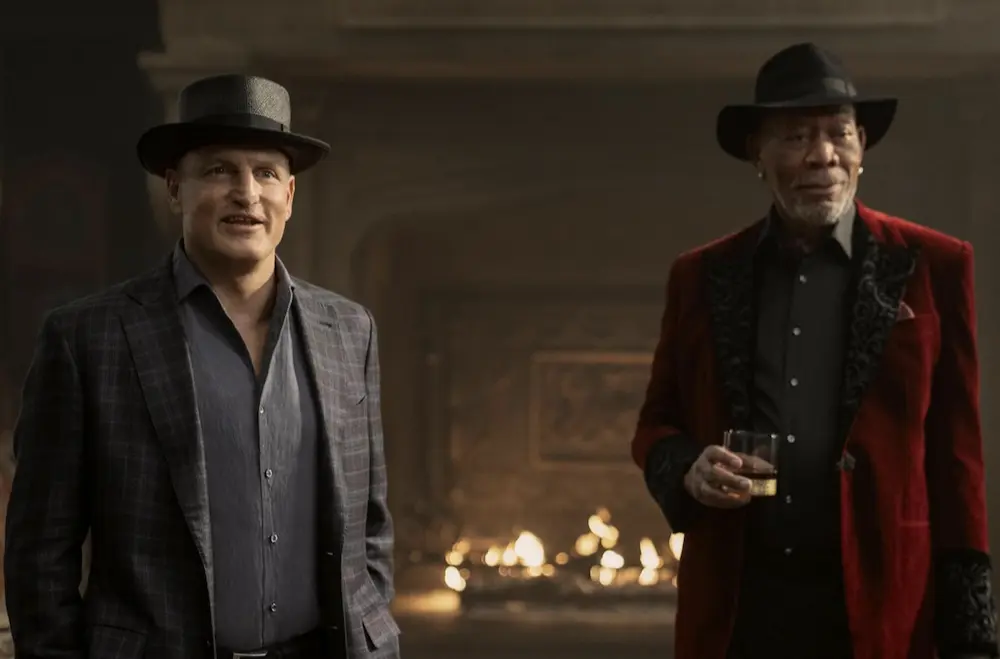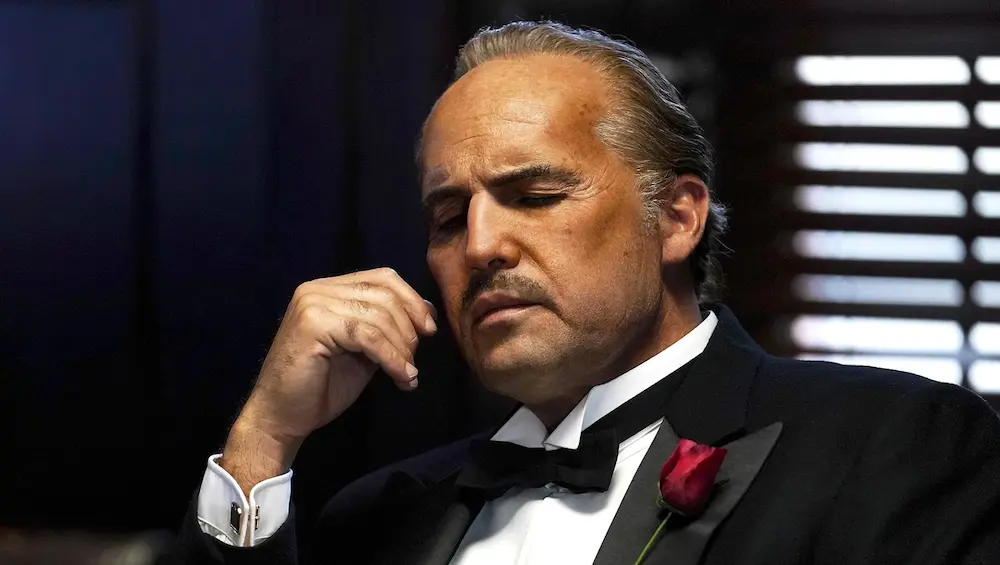Prior to his 2006 fall from grace due to a drunken, anti-Semitic rant that immediately blacklisted him in Hollywood, Mel Gibson had transitioned, à la Clint Eastwood and Robert Redford before him, from hunky movie star to now-you-really-have-to-take-him-seriously iconic filmmaker. The zenith of that trajectory (with Gibson doing triple-threat duty as producer-director-star) was the epic, almost-three-hour-long “Braveheart.”
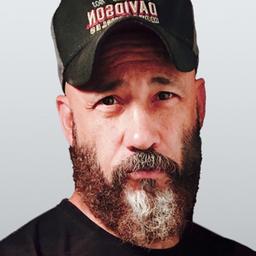
Mark Jackson
Film Critic
|Updated:
Mark Jackson is the chief film critic for The Epoch Times, and a Rotten Tomatoes-approved critic. He earned a bachelor's degree in philosophy from Williams College, followed by a classical theater conservatory training, and has 20 years' experience as a New York professional actor. He narrated The Epoch Times audiobook "How the Specter of Communism is Ruling Our World," available on iTunes, Audible, and YouTube. Mark is cited in the book "How to be a Film Critic in Five Easy Lessons" by Christopher K. Brooks. In addition to film, he enjoys Harley-Davidsons, martial arts, rock-climbing, qigong, and human rights activism.
Author’s Selected Articles

